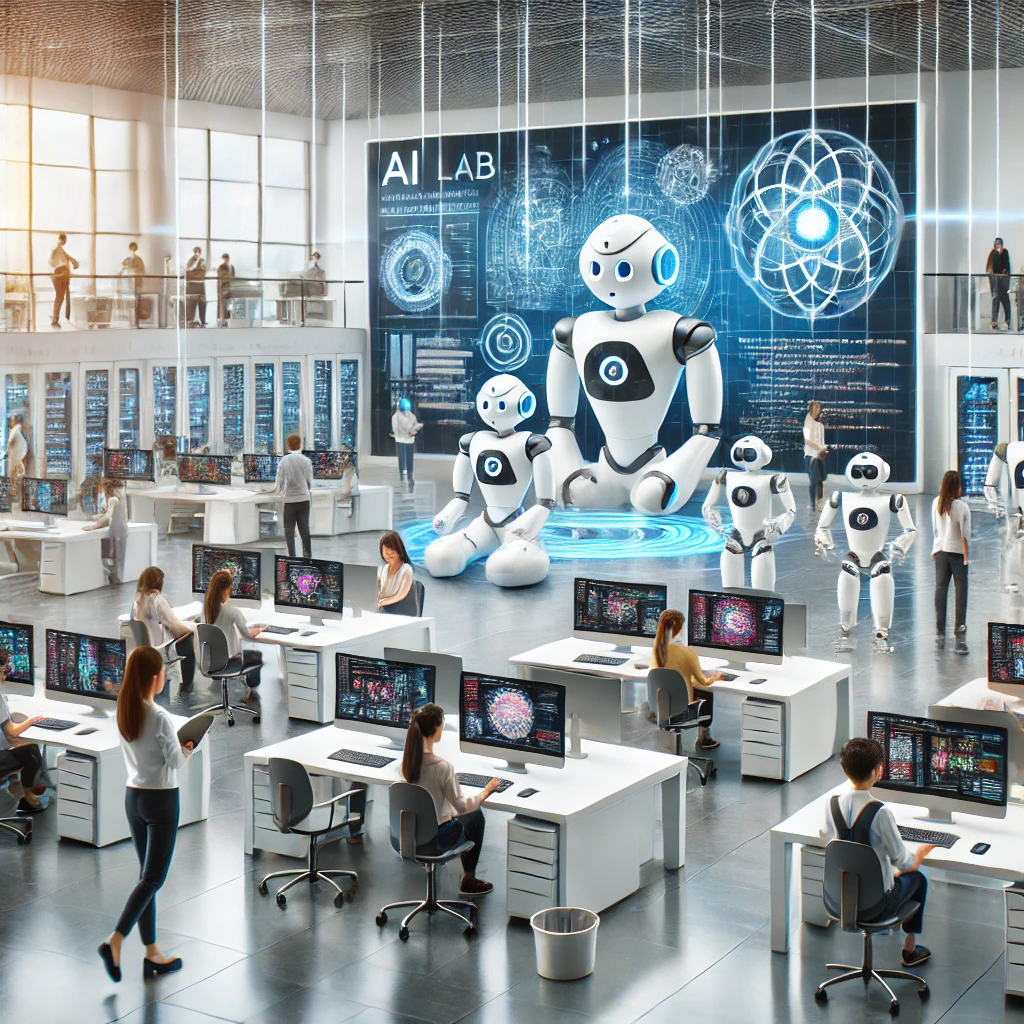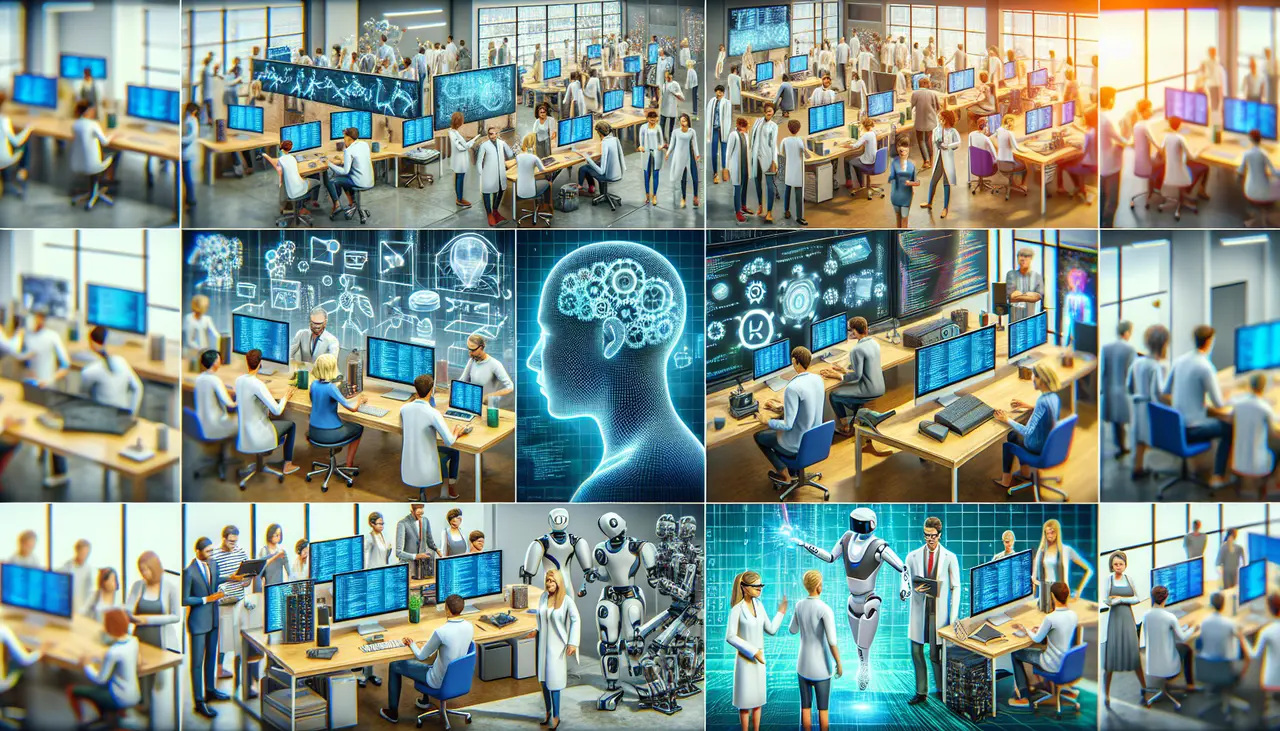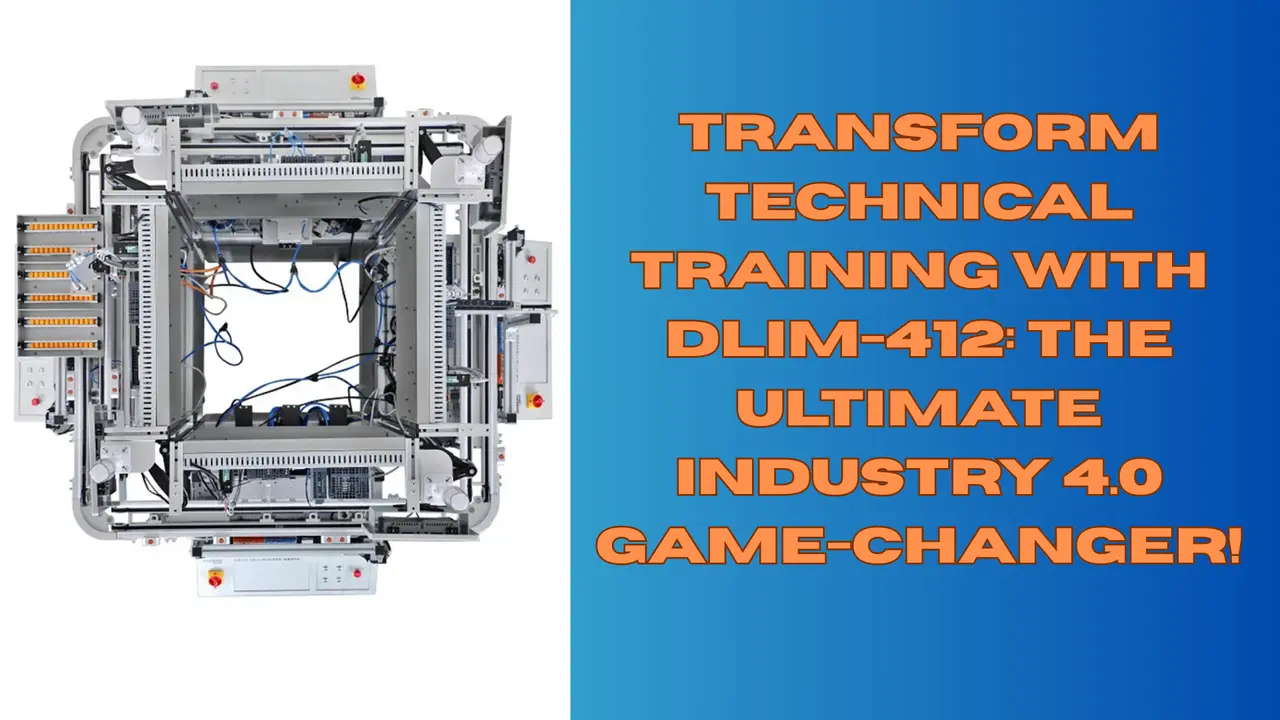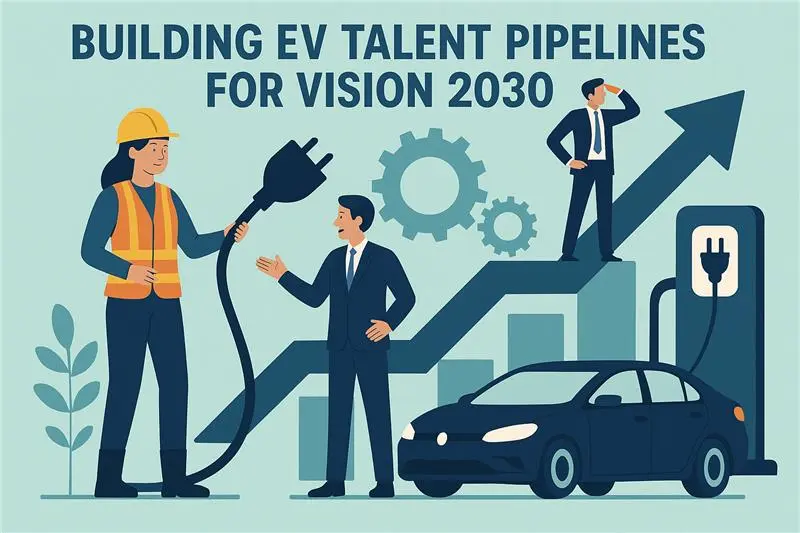Artificial Intelligence is transforming the landscape of education, bringing new tools and methods to enhance learning experiences. From personalized learning to advanced simulations, AI lab innovations are paving the way for a brighter future in education. Let’s explore some of the groundbreaking developments that are shaping the future of learning.
1. Adaptive Learning Platforms
These platforms utilize AI to tailor educational content to an individual’s learning pace and style, making education more personalized and effective. By analyzing each student’s progress, adaptive learning tools can adjust the curriculum in real time, ensuring a balanced approach to education that meets the specific needs of every learner. This personalization not only aids in retaining interest but also boosts motivation, as students progress at their own pace. The ability to cater to diverse learning styles makes these platforms indispensable in modern classrooms, fostering an environment where every student can thrive.
With the advent of technologies like machine learning algorithms, adaptive platforms can identify patterns in student engagement and pinpoint areas requiring additional focus. This enables educators to proactively intervene and provide targeted support, which is especially beneficial in mixed-ability classrooms. By continuously learning from student interactions, these systems evolve, improving accuracy in content delivery and ensuring no student’s needs go unaddressed. It’s a significant leap forward from the one-size-fits-all approach, offering a customized pathway for success.
2. AI-Powered Tutoring Systems
AI-driven tutors provide real-time feedback and assistance, ensuring students get the help they need when they need it. Unlike traditional methods, these systems are available 24⁄7, offering unparalleled flexibility and timely support. The tutoring systems leverage natural language processing to understand and respond to student queries effectively, enhancing the learner’s grasp of complex concepts. This access to instant, personalized assistance not only facilitates independent learning but also encourages students to explore areas of interest without fear of lagging behind.
One significant advantage of AI-powered tutoring is its ability to simulate real-world tutoring experiences through interactive learning scenarios. This immersive mode of instruction allows students to practice problem-solving in a controlled environment, refining their skills through repetition and feedback. As these systems continue to evolve, they are beginning to incorporate more advanced features like voice recognition and emotional intelligence analysis, providing a more comprehensive support system that recognizes and adapts to a student’s emotional state and cognitive load.
3. Natural Language Processing Tools
By understanding and interpreting human language, these tools help break down language barriers and facilitate more accessible resources. Natural language processing (NLP) applications in education are transforming how students and educators access information, ensuring that language is no longer a limiting factor in education. Through real-time translation and comprehension, NLP tools open doors to a plethora of global resources, allowing students to tap into knowledge from different cultures and regions, thereby fostering a more inclusive and diverse educational experience.
NLP is also critical in developing interactive educational content that can adapt to the user’s language preferences, making learning more engaging. With advancements in speech recognition software, students can now learn new languages or complex subjects through conversational AI systems, which mimic the nuances of human dialogue. Furthermore, these tools assist educators by automating tasks such as grading and feedback, freeing up valuable time to focus on more personalized student interactions. The potential for NLP in revolutionizing learning environments is immense, not only improving accessibility but also enhancing the quality of education.
4. Intelligent Content Creation
AI assists educators in creating dynamic and interactive content, making learning materials more engaging and relatable. With AI-driven content creation tools, educators can design customized materials that align with specific educational goals and student interests. These tools leverage data insights and predictive analytics to suggest the most effective content types and formats, thereby optimizing learning outcomes. The ability to rapidly generate interactive simulations and compelling visualizations ensures that students can grasp abstract concepts in a more intuitive manner.
Beyond mere content creation, AI supports the entire content lifecycle from creation to dissemination and evaluation. By constantly analyzing student feedback and engagement metrics, AI systems provide recommendations for content adjustments, ensuring materials remain relevant and effective. The integration of AI in content creation empowers educators to push creative boundaries and experiment with novel teaching methods that cater to varying student needs, making learning more immersive and enriching.
5. Virtual and Augmented Reality Integration
These technologies provide immersive learning experiences, allowing students to explore complex concepts in a more tangible way. Virtual reality (VR) offers a hands-on approach to learning subjects like history, science, and art by bringing abstract ideas to life. Students can virtually tour historical sites, delve into molecular structures, or walk through renowned museums, engaging with content in an experiential manner that traditional methods often lack. Augmented reality (AR), on the other hand, overlays digital information onto the physical world, enriching the learning experience by providing contextualized visuals and explanations.
The integration of VR and AR in education is particularly impactful in providing safe and controlled environments for practical training and experimentation, fostering innovation in engineering education. Virtual labs allow students to conduct experiments without the physical risks or resource limitations of conventional labs, greatly enhancing their understanding and retention. Similarly, AR apps for science and engineering students provide real-time data and analyses during complex procedures, transforming learning into an interactive and engaging process. This technological shift signifies the dawn of a new era in education, where learning transcends geographic and physical boundaries, offering powerful tools for discovery and exploration.
6. Predictive Analytics in Education
By analyzing data, AI can predict trends and outcomes, helping educators optimize learning strategies and improve student outcomes. Predictive analytics offers a proactive approach to education, identifying students at risk of falling behind and enabling early interventions. By harnessing data from various educational platforms, predictive models can provide educators with insights into individual and group performance, suggesting interventions tailored to student needs. This allows educators to shift from reactive to proactive strategies, improving both teaching effectiveness and student success rates significantly.
Beyond student performance, predictive analytics plays a critical role in curriculum development and resource allocation. It helps identify trending topics and skills required in the job market, ensuring that curricula remain relevant and impactful. Institutions can also use data-driven insights to allocate resources more efficiently, optimizing faculty workloads and classroom management. As AI continues to evolve, predictive analytics is set to become indispensable in creating a learning environment that is both efficient and future-proof, helping educators to not only meet current educational demands, but anticipate future challenges.
7. Automated Administrative Work
AI streamlines administrative tasks, allowing teachers to focus more on teaching and less on paperwork. From managing student records to scheduling classes and facilitating communication, AI tools streamline processes that traditionally consumed significant time and effort. These tools automate clerical tasks such as attendance tracking, grading, and report generation, enhancing efficiency and reducing the scope for human error. Educators can thus allocate more time to enriching student interactions, facilitating personalized learning, and developing inventive teaching strategies.
With automated systems in place, the workflow of educational institutions can undergo a profound transformation. Processes that were once manual and time-consuming become instantaneous, enabling quicker decision-making and responsive educational practices. Moreover, with AI-driven data management systems, educational institutions can ensure data accuracy and compliance with privacy regulations, minimizing risks associated with manual data handling. The resultant operational efficiency not only benefits administrators but also enriches the overall educational ecosystem by channeling efforts into core teaching and learning activities.








Leave A Comment